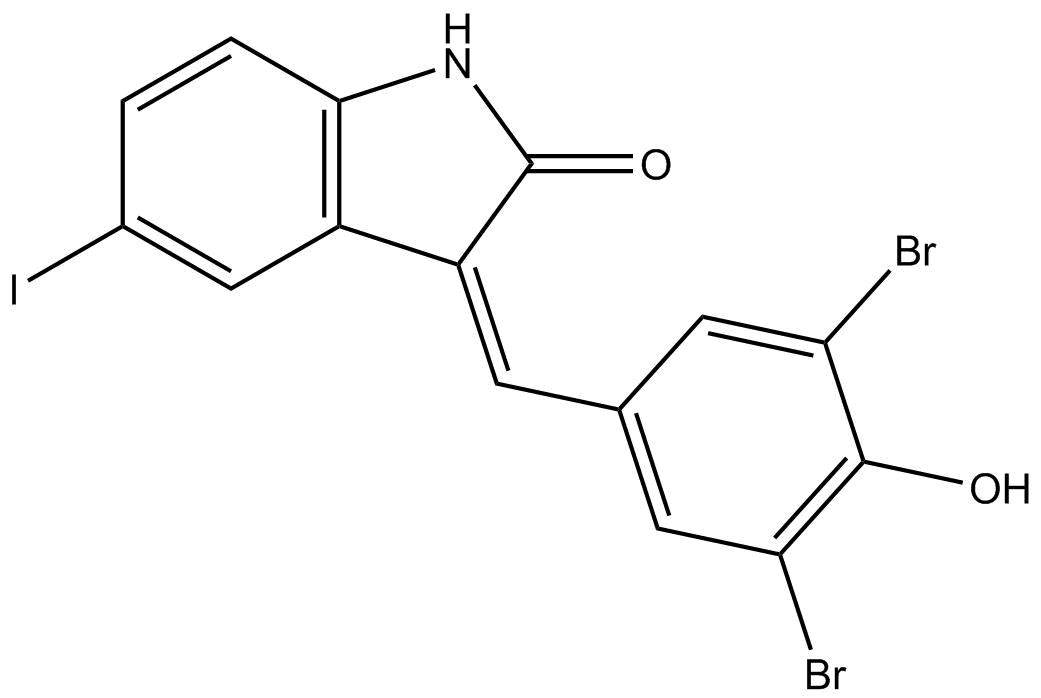Archives
The negative regulation of Zac expression by SOXB
The negative regulation of Zac1 expression by SOXB1 transcription factors combined with the decrease of Sox2 expression as the levels of Zac1 increase suggest that ZAC1 and SOXB1 factors could act as a cross-repressive genetic switch governing the acquisition of distinct cellular identities (Enver et al., 2009). However, our sequencing data show no decrease neither in Sox1, Sox2 nor Sox3 expression upon Zac1 overexpression. Furthermore, expression of both Zac1 and SoxB1 factors precede the sequential generation of cells within the same lineage, which is why it is hard to envisage how such a switch would work in this particular cellular setting. It is thus a rather different situation compared to the hematopoietic system where there exist clear cell fate bifurcations that are resolved by cross repressive transcription factors, e.g. in myeloid progenitors where the mutually repressive GATA-1 and PU.1 transcription factors and additional co-factors promote either an erythroid or a myeloid identity (Laiosa et al., 2006; Chickarmane et al., 2009). Our data rather imply that expression levels of Zac1 are restricted by SOXB1 factors to avoid aberrant induction of non-neuronal genes and premature Cardiogenol C exit. However the repression is rather modest allowing Zac1 to be expressed at levels sufficient for its endogenous function. A recent study supports that expression levels of Zac1 need to be precisely regulated as elevated levels promote cell cycle exit, disrupt neuronal differentiation and migration while loss of or lower levels of Zac1 expression affect neuronal migration (Adnani et al., 2015). Interestingly, we show that elevated levels of ZAC1 result in a distinct upregulation of Tbx6, a gene that has been shown to cross-repress Sox2 in order to promote the acquisition of a mesendodermal cell fate and to block the neuroectodermal fate promoted by SOX2 (Takemoto et al., 2011). Thus, elevated ZAC1 levels in cortical progenitors trigger increased levels of non-neuronal lineage determinants (e.g. Tbx6, Myog, Myod1 and Foxh1) which rapidly tilt cellular fate towards the mesodermal and endodermal lineages at the expense of neuronal identity. Recent studies have muddled the distinction between lineage determinants and pluripotency factors and even suggested that pluripotency is the result of balance between determinants of different lineages. Thus, in cells with elevated levels of ZAC1 the apparent acquisition of pluripotency features could be a consequence of a balance between induced transcription factors governing the acquisition of non-neuronal lineages and the endogenous high levels of neural determinants (e.g. SOX 1-3 and PAX6). Interestingly, several of the recently discovered non-classical iPS factors not only have the capacity to substitute classical iPS factors but also improve both efficiency (Takahashi et al., 2014; Maekawa et al., 2011) of the process and quality (Buganim et al., 2014) of the iPSCs formed. Indeed, several of the factors (Foxh1, Glis1, Sall4, Esrrb and Lin28a) upregulated by Zac1 overexpression belong to this category implying that Zac1 could be an interesting candidate for possible improvement of iPSC formation. Such an effort would have to overcome the cell cycle exit induced by high levels of ZAC1 as well as the propensity of these cells to differentiate into muscle like cells.
1-3 and PAX6). Interestingly, several of the recently discovered non-classical iPS factors not only have the capacity to substitute classical iPS factors but also improve both efficiency (Takahashi et al., 2014; Maekawa et al., 2011) of the process and quality (Buganim et al., 2014) of the iPSCs formed. Indeed, several of the factors (Foxh1, Glis1, Sall4, Esrrb and Lin28a) upregulated by Zac1 overexpression belong to this category implying that Zac1 could be an interesting candidate for possible improvement of iPSC formation. Such an effort would have to overcome the cell cycle exit induced by high levels of ZAC1 as well as the propensity of these cells to differentiate into muscle like cells.
Animal ethical permission
Author contributions
Acknowledgments
We thank J. Muhr and members of the Holmberg laboratory for valuable comments on the manuscript. We also wish to thank L. Journot for sharing the ZAC1 antibody. This work was supported by the Swedish Cancer Society, (CAN2012/849), the Swedish Childhood Cancer Association, (PR2014-0097) the Swedish Research Council, (2013-3821) StratRegen and the Knut and Alice Wallenberg Foundation, (Maintaining Neuronal Identity – Transcriptional control of the aging brain). J. Holmberg is a Senior Research Fellow financed by The Strategic Research Program in Cancer (StratCan). The authors declare no competing financial interest.